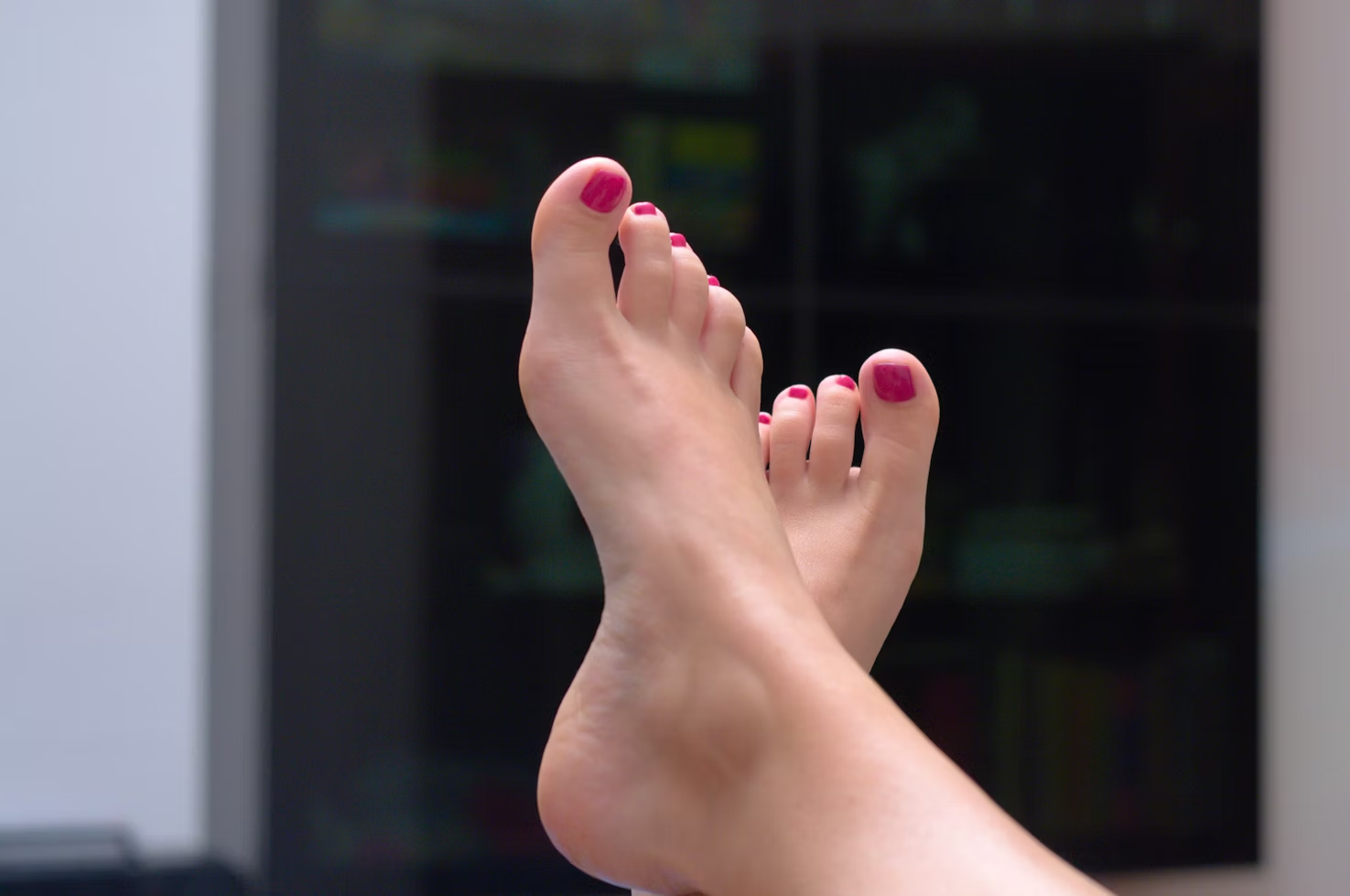What’s With Toe Numbness? What That Tingling Might Mean
Healthy’s Summary
Toe numbness might seem like a small thing—until it sticks around or catches you off guard mid-step. It can feel like tingling, pins and needles, or like your toes have fallen asleep and just… won’t wake up. In some cases, it’s easy to trace: tight shoes, cold weather, or crossing your legs too long. But sometimes, toe numbness points to something more.
It could be nerve-related, tied to circulation, or even connected to a broader condition like diabetes or sciatica. That’s why the details—when it happens, how often, and what else you’re feeling—matter.
Different causes can lead to similar sensations, but your own health history, habits, and risk factors play a big role in figuring out what’s really behind it.
Find out what this means for me.
Wait—Why Can’t I Feel My Toes?
Toe numbness is often your body’s way of saying, Hey, something’s off. And if you’ve been Googling the phrase “toe numbness symptom,” you’re definitely not alone. From blood flow issues to nerve trouble, the list of possible causes is longer (and more varied) than most people expect. Here’s a breakdown of the more common culprits:
1. Poor Circulation (Especially in the Legs and Feet)
When blood flow to your toes is restricted, numbness can follow. Peripheral artery disease (PAD) is one possible cause, especially if you’re also noticing cold feet, leg cramps when walking, or shiny skin on the lower legs.
Certain medications, smoking, and underlying health conditions like high cholesterol or high blood pressure can all increase PAD risk. If your toe numbness symptom shows up during activity or seems tied to foot color changes, circulation could be the issue.
2. Nerve Issues—From the Back or the Feet
Numbness often means a nerve is irritated, compressed, or damaged. A few common nerve-related causes:
- Peripheral neuropathy: Often linked to diabetes, this involves damage to nerves in the feet and legs. You might feel tingling, burning, or a weird “buzzing” sensation in your toes.
- Sciatica or lumbar nerve compression: A problem in your lower back can affect nerves that lead to the feet. If numbness is only in one foot and comes with back pain or leg tingling, this could be a clue.
- Morton’s neuroma: A thickening of tissue between the toes (usually the third and fourth) that puts pressure on a nerve. Often feels like you’re standing on a pebble.
- Tarsal tunnel syndrome: Similar to carpal tunnel, but in your ankle. This can cause tingling or numbness in the sole of the foot and toes.
More on diabetic neuropathy from Mayo Clinic
3. To numbness and Footwear That’s Not Doing You Any Favors
Shoes that are too tight, narrow, or high-heeled can compress nerves or restrict blood flow. If your toe numbness symptom only shows up while wearing certain shoes—or disappears when you’re barefoot—this is a good place to start.
4. Toe Numbness and Cold Weather or Frostbite
Exposure to extreme cold can numb toes temporarily—or, if it’s prolonged, damage nerves and blood vessels. If you’ve been out in the cold and your toes are pale, hard, or painfully numb, frostbite is a possibility and needs urgent care.
5. Other Possible Causes of Toe Numbness
- Vitamin deficiencies, especially B12, can affect nerve function.
- Autoimmune conditions like multiple sclerosis or lupus can include numbness as a symptom.
- Alcohol misuse can lead to nerve damage over time.
Ask Healthy
When to See a Doctor
While some numbness is just temporary and harmless (like falling asleep with your legs crossed), persistent, recurring, or worsening symptoms need to be checked out. Especially if:
- Numbness is only on one side
- It spreads or gets worse over time
- You have a history of diabetes or circulation problems
- You notice weakness, pain, or balance issues
Important: If you notice numbness along with leg weakness, trouble walking, or sudden back pain, it could be a sign of a compressed spinal nerve. And if your numbness comes with symptoms like chest pain, facial drooping, or slurred speech—seek emergency care right away. These could indicate a stroke or other serious event.
How to Start Feeling Your Toes Again
Depending on the cause, a few simple changes can go a long way:
- Switch up your footwear. Choose wide, supportive shoes that give your toes room to breathe.
- Manage underlying health conditions. Keep blood sugar, blood pressure, and cholesterol in healthy ranges.
- Stretch and move more. Gentle exercise and foot stretches can help with circulation and nerve function.
- Protect your feet. Especially if you have reduced sensation—avoid extreme temps, inspect your feet daily, and moisturize to prevent cracking.
- Don’t ignore it. Numbness that lingers should always be checked out by a healthcare provider.
Want to explore different ways to incorporate healthy movement and exercise into your daily routine? Read our article ‘Why Working Out Matters: 7 Key Benefits of Regular Exercise’
The Takeaway
Toe numbness might not seem like a big deal at first—but it can be a sign that something deeper is going on. Whether it’s circulation, nerve trouble, or an early signal from your body that something needs attention, it’s worth listening to. The good news? There are ways to manage, treat, and often reverse many of the causes—especially when caught early.
Want to dig deeper?
Healthy Foundation
Take the first steps toward understanding and improving your health with a personalized approach. Discover the essentials of tracking your health and forming habits that support your overall well-being. From monitoring sleep to fostering a deeper understanding of your physical and mental health, this experience will help you establish a personalized health baseline and explore how daily habits impact your well-being.
Enroll in one of Healthy’s Programs to log, track and learn more about your Health, one conversation at a time.
Learn More




